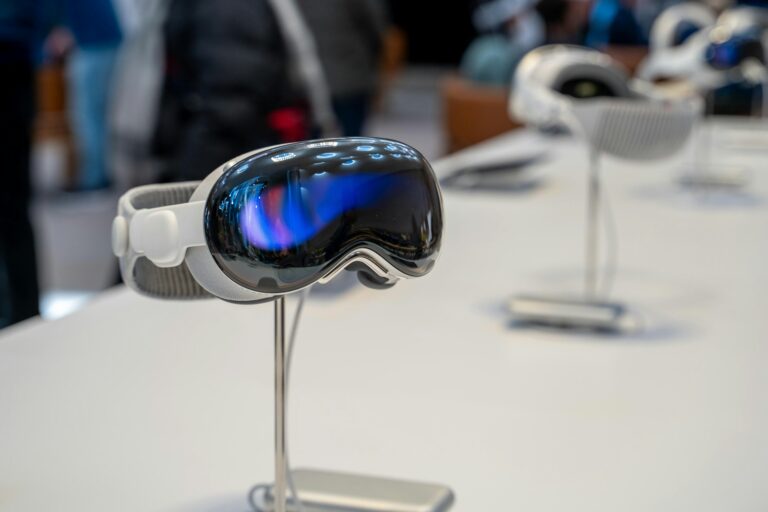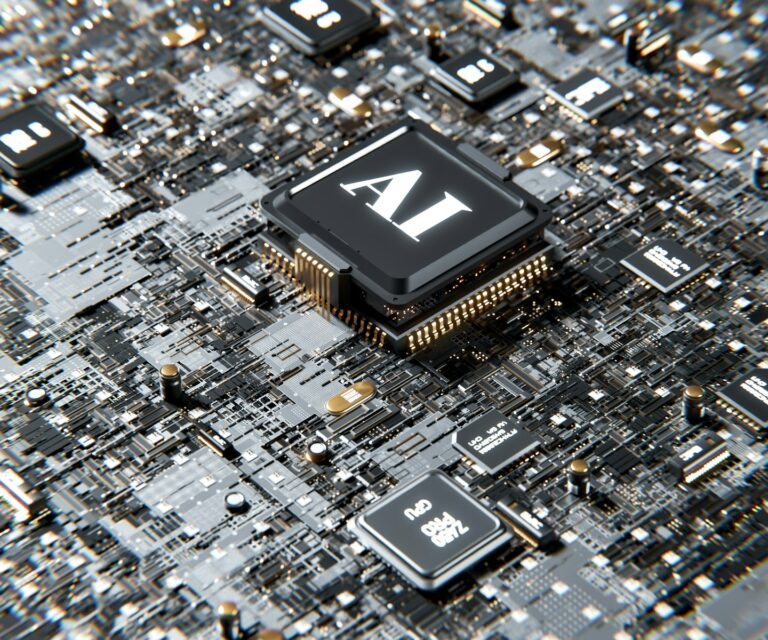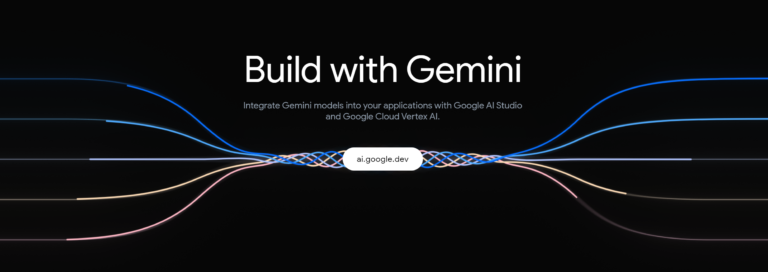The Potential of Prophetic Halo: Transforming Dreams into Reality
Last Updated on: 4th June 2024, 12:45 pm
In the field of sleep science and technology, there’s a new invention by Prophetic, a tech startup. It’s called Halo, a wearable device that’s gaining attention from scientists and the public. Halo isn’t just any gadget; it’s a big step in how we can affect our dreams. Its main feature is helping people have lucid dreams, where they realize they’re dreaming and can control what happens.
The development of Halo is not just a technical achievement; it is a step toward exploring the outer limits of human cognition and the inner workings of our subconscious mind. As we stand on the brink of this new frontier, the implications of such technology invite excitement, curiosity, and caution.
This report delves into the innovation behind Halo, its potential to enhance human creativity and well-being, and the ethical and practical concerns that accompany the manipulation of dream states.
Technological Innovation Behind Halo
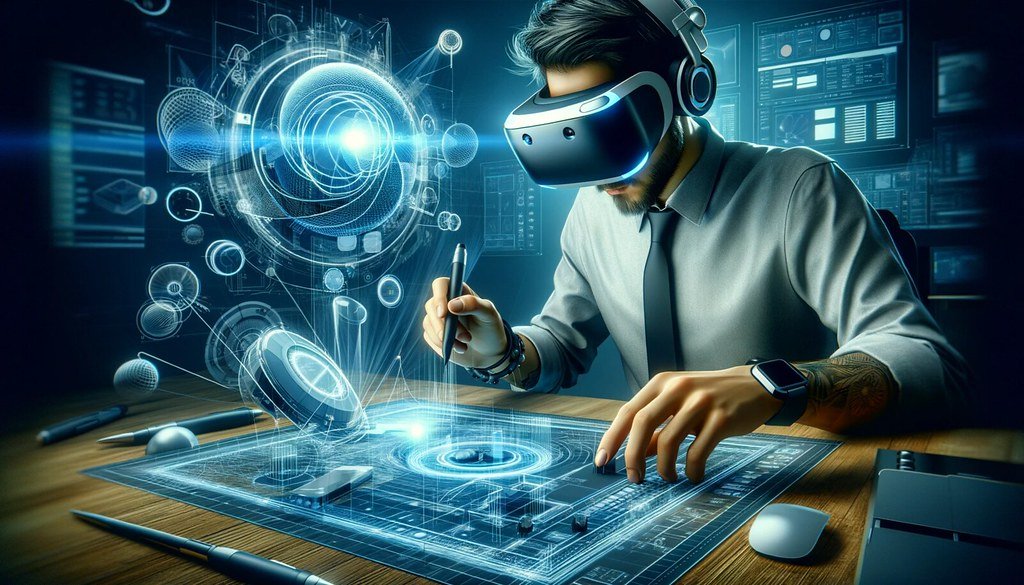
The Halo device, developed by the tech startup Prophetic, represents a significant technological innovation in the field of sleep science and lucid dreaming induction. At its core, Halo leverages a sophisticated combination of artificial intelligence (AI) and focused ultrasound technology to interact with the brain in a manner previously unseen in consumer technology.
Artificial Intelligence (AI): Halo’s use of AI is twofold. Firstly, it employs advanced algorithms to analyze the user’s sleep patterns and brain waves in real-time, identifying the optimal moments for lucid dream induction. This personalized approach ensures that the stimulation is tailored to the individual’s unique sleep architecture, increasing the efficacy of the device. Secondly, generative AI models create customized dream scenarios based on the user’s preferences and past experiences, enhancing the lucidity and vividness of the dream state.
Focused Ultrasound Technology: The innovative use of focused ultrasound (FUS) sets Halo apart. By directing ultrasound waves to specific regions of the brain associated with lucid dreaming, particularly the prefrontal cortex, Halo stimulates these areas without the need for invasive procedures. This non-invasive technique of transcranial-focused ultrasound (TUS) has shown promise in modulating brain activity, enabling the device to induce lucid dreaming with remarkable precision.
According to a study published in Nature, the innovative use of focused ultrasound (FUS) in Halo is achieved by directing ultrasound waves to specific regions of the brain associated with lucid dreaming, particularly the prefrontal cortex. This non-invasive technique of transcranial-focused ultrasound (TUS) has shown promise in modulating brain activity, enabling the device to induce lucid dreaming with remarkable precision.
In summary, the technological innovation behind Halo is a testament to the potential of AI and ultrasound to transform our understanding and experience of sleep and dreaming. By harnessing these technologies, Prophetic is not just creating a new product; it is pioneering a new way of interacting with our subconscious minds, offering insights into the fabric of our dreams and the untapped potential of the human brain.
The Potential Of Lucid Dreaming with Halo
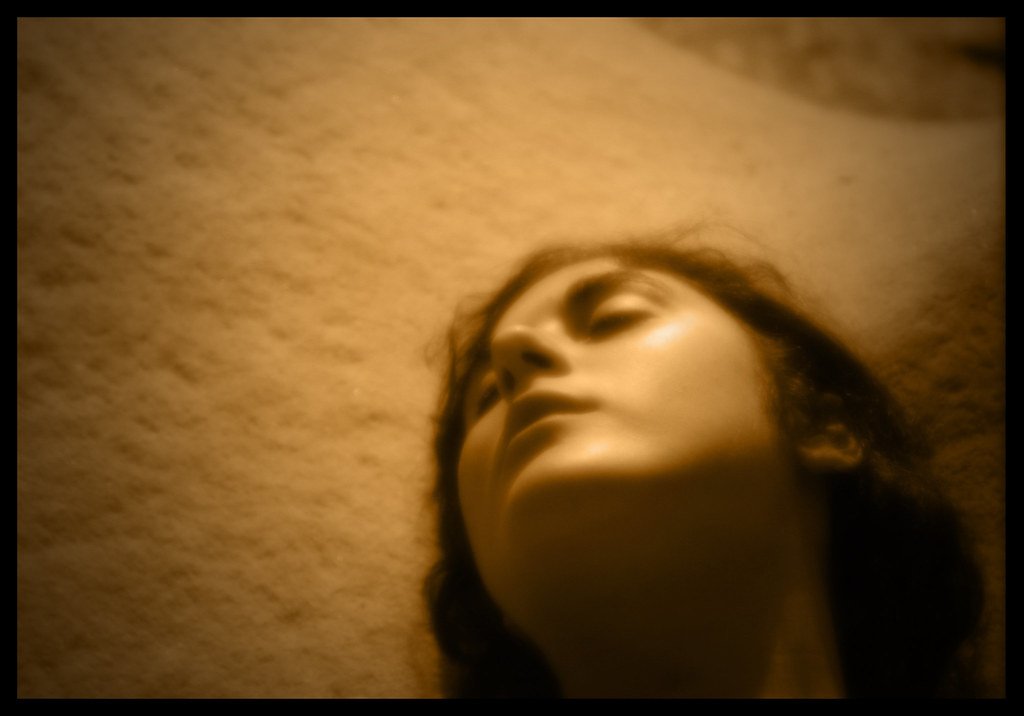
The advent of Halo by Prophetic heralds a new era in the exploration of human consciousness and the vast, often untapped potential of lucid dreaming. By providing a technological bridge to this unique state of awareness, Halo opens up a myriad of possibilities for creativity, therapeutic healing, and personal development.
Enhanced Creativity and Problem-Solving: according to Electropages.com Lucid dreaming has been associated with enhanced creativity and the ability to engage in problem-solving activities. By enabling users to enter and control this state, the Halo could potentially be used for practical purposes, such as coding and contemplating complex scientific concepts
Therapeutic Applications: . The conscious control afforded by lucid dreaming can enable individuals to confront and process traumas, fears, and anxieties in a safe, controlled environment. Halo’s precise induction of lucid dreaming could revolutionize therapy, offering a novel way to address PTSD, anxiety disorders, and depression, among other conditions, by empowering individuals to work through their issues within the canvas of their dreams.
According to a report by Psychology Today, lucid dreaming is effective in treating PTSD, anxiety disorders, and depression. A study published in the Journal of Sleep Research found that lucid dreaming can be used as a therapeutic tool to help individuals confront and process their fears and anxieties. Another study published in the Journal of Consulting and Clinical Psychology found that lucid dreaming can be used to treat nightmares in individuals with PTSD
Exploration of Consciousness and the Human Mind: Halo not only offers a unique tool for personal growth but also serves as a scientific instrument, allowing researchers to study the mechanics of dreaming, the nature of consciousness, and the brain’s capabilities beyond what is possible in waking states. This exploration could lead to a deeper understanding of the human mind, potentially unlocking new dimensions of cognitive ability and expanding our grasp of what it means to be conscious.
According to a study published in “Frontiers in Psychology,” researchers at the Lyon Neuroscience Research Center in France used a combination of electrical brain stimulation and specific reality testing to induce lucid dreams in participants. This study provides evidence of the scientific exploration of lucid dreaming and its potential implications for understanding consciousness.
Challenges and Concerns
While the Halo device by Prophetic opens up thrilling possibilities in the realm of lucid dreaming and consciousness exploration, it also brings to light several challenges and concerns. These range from potential health implications to ethical considerations, underscoring the need for careful scrutiny and responsible deployment of such innovative technology.
Sleep Paralysis and Disturbances: One of the potential risks associated with inducing lucid dreams is the occurrence of sleep paralysis—a state in which individuals are conscious but unable to move or speak, often accompanied by distressing hallucinations. While not harmful in and of itself, sleep paralysis can be unsettling. Furthermore, there are concerns that the frequent induction of lucid dreams might lead to disruptions in sleep quality and patterns, potentially affecting the restorative functions of natural sleep.
Ethical and Privacy Concerns: The ability to influence and monitor dreams introduces significant privacy and ethical questions. As Halo collects and analyzes brainwave data to facilitate lucid dreaming, it raises concerns about data security and the potential for misuse of sensitive personal information. Additionally, the manipulation of dream content touches on ethical considerations related to autonomy and the sanctity of an individual’s inner thoughts and experiences.
Accessibility and Socioeconomic Divide: The introduction of advanced technologies like Halo also raises questions about accessibility and the potential widening of the socioeconomic divide. With an estimated price range between $1,500 and $2,000, the device may not be accessible to everyone, potentially limiting the benefits of lucid dreaming induction to those who can afford it.
Addressing the Challenges
Navigating the challenges and concerns associated with the Halo device and lucid dreaming technology requires a multifaceted approach, combining rigorous scientific research, ethical oversight, and a commitment to user safety and privacy. Prophetic, the company behind Halo, along with its partners in the scientific community, are at the forefront of efforts to ensure that the exploration of lucid dreaming through technology is both beneficial and responsible.
Scientific Research and Collaboration: Prophetic partners with top research institutions like the Donders Center for Cognitive Neuroimaging. They study how focused ultrasound affects sleep and dreaming. These collaborations aim to understand brain mechanisms in lucid dreaming and test Halo’s safety and effectiveness. Prophetic ensures Halo’s development is based on research, promoting lucid dreaming in harmony with natural sleep and cognitive health.
According to CNBC, Prophetic has partnered with Card79 to prototype the noninvasive device, “Halo,” and has raised a $1.1 million funding round with participation from a16z’s and led by BoxGroup
Public Engagement and Education: Prophetic recognizes the importance of engaging with the public and educating potential users about the benefits and risks of lucid dreaming technology. Through workshops, seminars, and online resources, the company seeks to demystify lucid dreaming, address common concerns, and provide clear guidance on the safe use of Halo.
In addressing the challenges associated with Halo and lucid dreaming technology, Prophetic is paving the way for a future where the exploration of our dreams can lead to unparalleled insights into the human mind, creativity, and well-being. By prioritizing scientific rigor, ethical integrity, and user safety, the path forward promises not only to unlock the mysteries of the subconscious but to do so in a way that benefits individuals and society as a whole.
Conclusion
The exploration of Prophetic’s Halo device and its implications for lucid dreaming and consciousness research heralds a new era in our understanding of the human mind. This groundbreaking technology offers unprecedented opportunities for personal growth, creativity, and therapeutic healing.
As we navigate the complexities of integrating Halo into our lives, we must remain vigilant about safeguarding user safety, and privacy, and ensuring equitable access to this revolutionary technology. Collaboration between Prophetic, the scientific community, and ethicists will be essential in addressing emerging challenges and shaping the ethical landscape of lucid dreaming technology.

